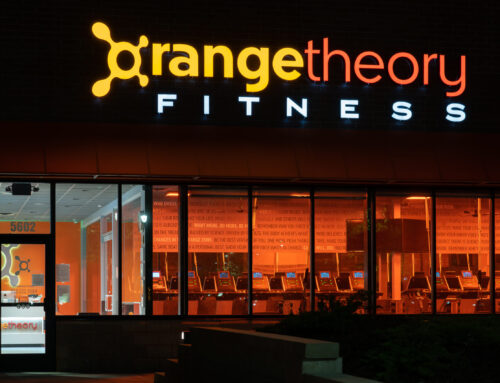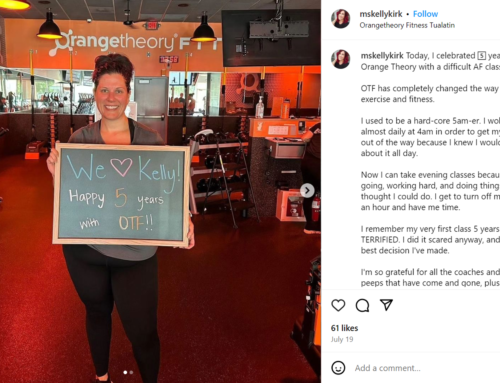Statistically and scientifically, it is proven that as we age our senses become progressively weakened, such as that of taste, smell, touch, hearing and especially that of sight.
These senses are fundamental in the organism since they transmit to our nervous system certain information by means of sensory stimuli, which allows us to recognize the taste of a dish and its aroma, enjoy a melody, caress a texture and in particular, observe in detail a photograph or a landscape.
Most People’s Glasses are No Good
One of the common problems is that the elderly keep the same glasses for years, without bothering to go to yearly eye exams.
This can be a problem because regular checkups can detect problems before they become severe.
Furthermore, the fact that people don’t get checked or replace their glasses often means that they are often using glasses that don’t suit them, normally because they are worn, scratched, or simply the wrong prescription.
Which visual pathologies affect older adults the most?
Visual diffusion in the elderly is very common, especially in people over 60 years of age. This condition, which attracts with it serious psychosocial effects, is characterized by the presence of some alterations in the eye: presbyopia, cataracts, and glaucoma.
Fallen eyelids (ptosis) are one of the motivating causes for these diseases to develop; they may be present from birth or develop during a period of aging.
Ptosis can sometimes restrict or block vision, as can alterations in the iris and cornea. For example: age-related macular degeneration (DMRE) is considered to be one of the leading causes of visual impairment in adults aged 60, which prevents visual health in older people and a pleasant relationship with their environment.
DMRE is characterized by being a disease with multiple causes, including genetic, environmental and metabolic factors.
However, it also influences a weak diet in vitamins A, C, E and F, constant exposure to ultraviolet radiation and eye fatigue due to being in front of the computer or TV for a long time; all are determining factors if we want to have full visual health when we are older.
In this sense, it is important that as we age, we prevent diseases and pathologies by eating vegetables and foods rich in vitamins and minerals, taking care of our eyes from the sun using dark lenses, decreasing the time we spend writing or reading on the computer and regularly assisting the ophthalmologist for a vision check.
Myopia and astigmatism are two very common visual diseases, which can be inherited and worsen over time.
What limitations can an older person with vision problems have?
It is important to consider visual health in older people because when these different conditions appear typical of old age, it is very common for the older adults involved to be affected and in turn, their daily activities.
An older adult who has trouble seeing things feels insecure in multiple ways, for example: he fears leaving his home because he cannot recognize either the images or the people around him.
Visual contact and correct perception of gestures are very important in conversation and in human relationships, and an older adult with vision difficulties has certain limitations for seeing signs and indicators on streets and offices.




